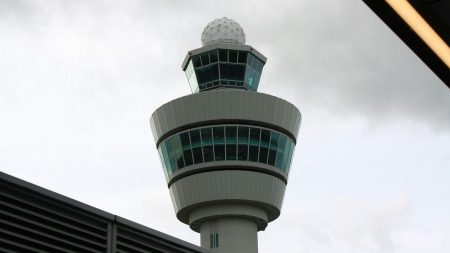Eurostar is preparing for the implementation of the EU’s new Entry/Exit System (EES) on 6 October, which will require non-EU citizens to undergo electronic registration rather than having their passports stamped at border control. The system aims to track the movements of individuals entering and exiting EU and Schengen countries by recording their fingerprints and taking a photo of their face. While the decision to implement the EES has received some criticism, Eurostar is working to ensure a smooth transition for passengers, with plans to integrate the new processes seamlessly into existing check-in times.
The company, which transported 18.6 million passengers in 2023, has established dedicated spaces at its London hub, St Pancras station, for EES registration and promises that passengers will not lose any time due to the additional checks. Eurostar already has representatives for both British and European border forces at each terminal, enabling passengers traveling between London and destinations such as Paris to undergo border checks only twice, rather than multiple times. Despite the changes to its operations, Eurostar has assured passengers that they will not need to arrive any earlier for their trains than they currently do, with check-in times remaining between 45 to 90 minutes.
Eurostar’s preparations for the EES are expected to cost around €10 million, with the company determined to ensure a smooth launch. However, both the EU and UK governments have expressed concerns about potential delays and disruptions at border crossings. The EU has developed an app for EES registration, but it may not be ready by the time the new system is rolled out. To address potential issues, the EU is considering allowing for reduced checks in some circumstances during a six-month transition period. The UK government is also working with the EU and member states, as well as various industry stakeholders, to develop contingency plans and minimize the risk of delays at shared borders with Europe.
Despite the challenges associated with implementing the EES, Eurostar is focused on making the transition as seamless as possible for passengers. The company plans to double the number of border staff, manual booths, and e-gates at its London hub and other stations, and will install additional EES kiosks to accommodate the new system. While the changes may be significant, Eurostar has emphasized that passengers will not experience any delays and will not need to adjust their current check-in times. By intensively planning for the new system and ensuring the best arrangement for customers, Eurostar aims to provide a stress-free journey for passengers and maintain the efficiency of its services.
The EES marks a notable change in operations for Eurostar and other travel companies in preparation for the new system. While some travelers may be apprehensive about the additional checks and registration processes, Eurostar is working to address concerns and ensure a smooth transition. By investing in the necessary infrastructure and manpower, Eurostar is positioning itself to handle the new requirements of the EES effectively. Despite uncertainties surrounding the launch of the new system and potential challenges at border crossings, Eurostar remains committed to delivering a seamless and stress-free travel experience for its customers.









